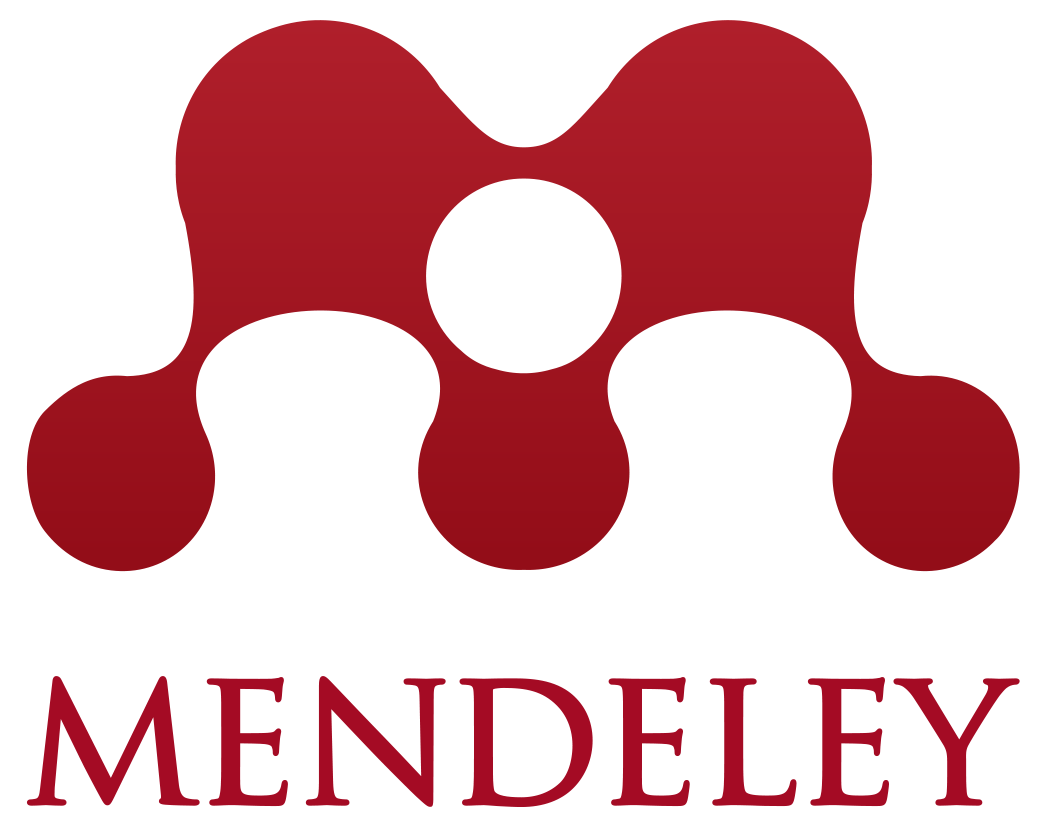It is a general principle of scholarly communication that the editor of a journal is solely and independently responsible for deciding which articles submitted to the journal will be published. In making this decision, the editor is guided by the policies of the editorial board of the journal and is limited by applicable legal requirements regarding slander, copyright infringement and plagiarism. The result of this principle is the importance of scientific archives as permanent and historical records of article transactions. Articles that have been published must remain, as precise and unaltered as possible. However, sometimes circumstances may arise where an article is published which later has to be withdrawn or even deleted. Such actions should not be taken lightly and can only occur in extraordinary circumstances. In all cases, our official archives at IJAI will retain all versions of the article, including any retracted or deleted articles.
Article Withdrawal
Only used for Articles that represent an earlier version of the article and sometimes contain errors, or may have been submitted twice by mistake. Occasionally, but less frequently, articles may represent a violation of the professional code of conduct, such as multiple submissions, false claims of authorship, plagiarism, incorrect use of data, or the like may be "Withdrawn" from IJAI. Retracted means that the content of the article (HTML and PDF) is removed and replaced with HTML and PDF pages simply stating that the article has been withdrawn in accordance with the IJAI Policy.
Article Revocation
Violations of professional ethics, such as multiple submissions, false claims of authorship, plagiarism, incorrect use of data, or the like. Occasionally a retraction will be used to correct errors in submission or publication. Retraction of articles by their authors or editors under the advice of members of the scientific community has long been an occasional feature in the learned world. Standards for dealing with retraction have been developed by several scientific bodies, and these best practices were adopted for retraction by IJAI:
In the printed version, a retraction note titled "Retracted: [article title]" signed by the author and/or editor is published on the pages of the next issue of the journal and listed in the list of contents.
In the electronic version, a link is made to the original article.
The online article begins with a screen containing a note of the retraction. It is to this screen that the link decides; the reader can then proceed to the article itself.
The original article is preserved unchanged except for a watermark on the .pdf which indicates on every page that the article is "revoked".
The HTML version of the document is removed.
Deletion of articles: legal restrictions in a very limited number of cases, it may be necessary to remove articles from online databases. This will only occur where the article is clearly defamatory, or violates the legal rights of others, or where the article is, or we have good reason to expect it to be, the subject of a court order, or where the article, if acted upon, could pose a health risk serious. In this case, while the metadata (Title and Author) will be preserved, the text will be replaced with a screen indicating the article has been removed for legal reasons.



